Shared learning at QA forum
The London screening quality assurance service recently held a forum for heads of midwifery and screening coordinators.
The London screening quality assurance service recently held a forum for heads of midwifery and screening coordinators.
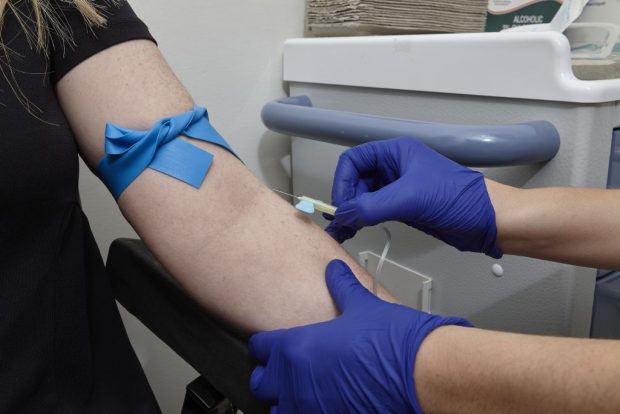
The NHS Infectious Diseases in Pregnancy Screening Programme has developed a template letter for trusts to use for sending screening results to women who miscarry or choose to end the pregnancy.
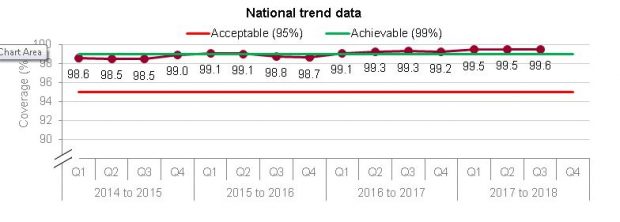
Key performance indicators (KPIs) measure how the NHS screening programmes are performing and aim to give a high level overview of programme quality. This blog post updates you on our latest KPI data publications.
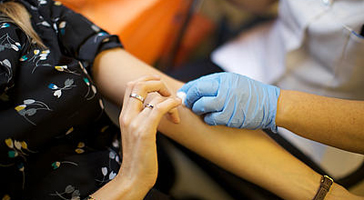
...and newborn screening. Antenatal screening identifies parents to be who are genetic carriers of an unusual form of haemoglobin so they can be offered counselling and prenatal diagnosis (PND). If...
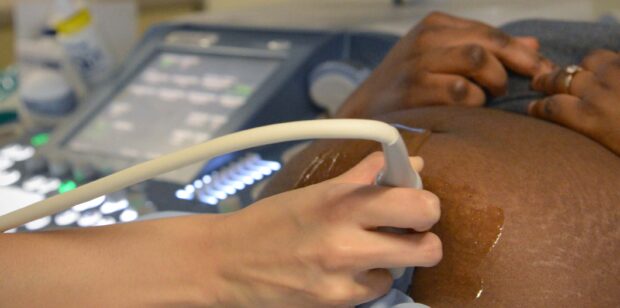
Today, we have published an updated version of our leaflet 'Congenital diaphragmatic hernia (CDH): information for parents'.

Here’s a list of all our May blog posts and links so you can find them.
Standards for the NHS Infectious Diseases in Pregnancy Screening Programme have been updated.

A list of every blog issued in March 2018.
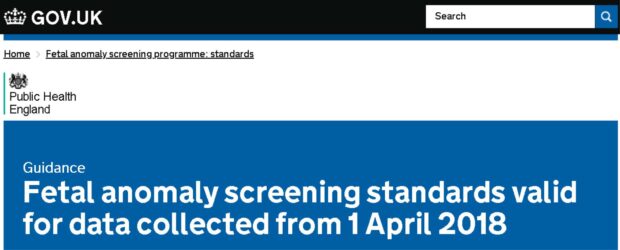
We have published updated screening standards for the NHS Fetal Anomaly Screening Programme (FASP).
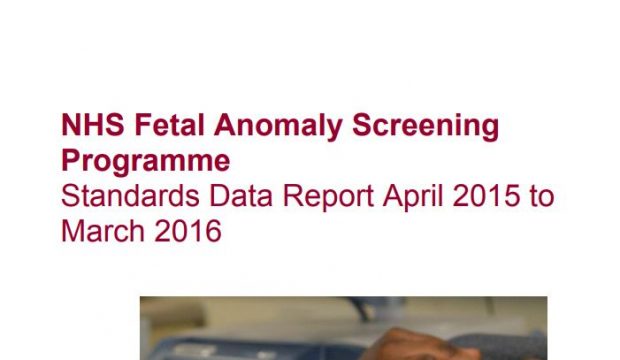
We've made some changes to the 2015 to 2016 data report for the NHS Fetal Anomaly Screening Programme.